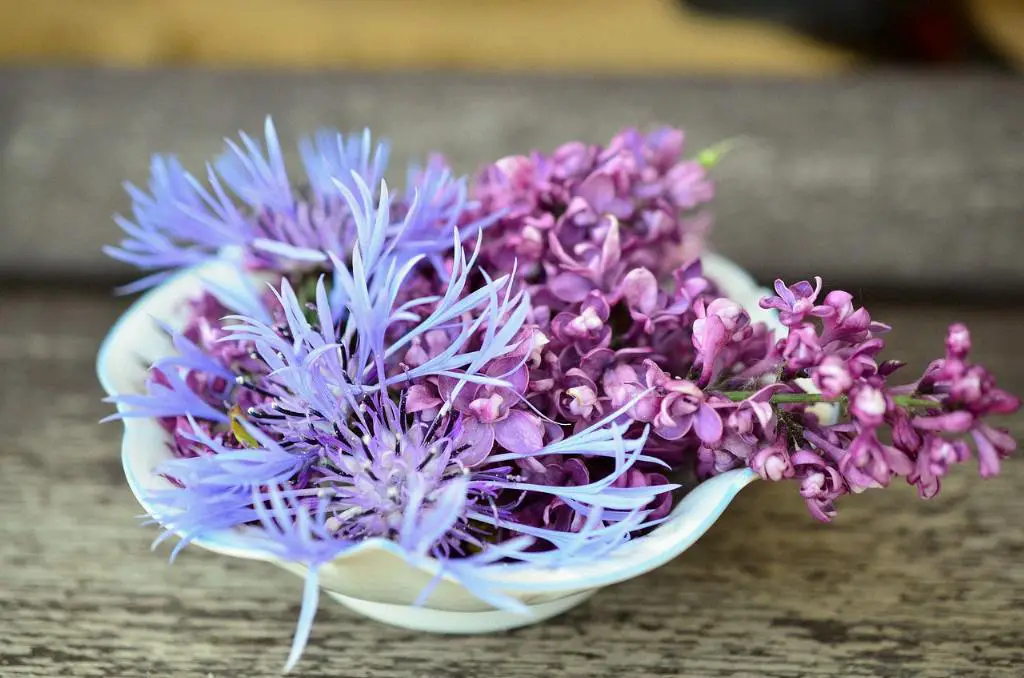Pruning lilac bushes is essential to ensure healthy growth and beautiful blooms. Knowing the right techniques will help you maintain your lilac bushes properly. Here are some guidelines you can follow to prune your lilac bushes effectively.
1. Understand the Timing
One of the critical aspects of pruning lilac bushes is knowing when to do it. The best time to prune lilacs is right after they have finished flowering. This usually occurs in late spring or early summer. By pruning at this time, you allow the bush to develop new buds for the following year’s blooms.
2. Assess the Size
When it comes to the size of the lilac bush, it is recommended to keep it within 6 to 8 feet tall. This height range allows for proper air circulation and sunlight exposure, which are essential for healthy growth. Trimming the bush to maintain this size will also help in controlling its shape.
3. Number of Stems
For a well-balanced lilac bush, aim to have around 10 to 12 main stems. These main stems should be about 1 to 2 inches thick. Having an appropriate number of stems will promote vigorous growth and abundant flowering.
4. Avoid Over-Pruning
It is crucial not to prune more than one-third of the lilac bush at a time. Over-pruning can weaken the plant and reduce its ability to produce flowers. Gradual and careful pruning over the years will help maintain the health and vigor of the bush.
5. Maintain the Balance
When pruning lilac bushes, strive to create a balance between older stems and new flowering shoots. This balance ensures that the plant continues to produce blooms while retaining its structural integrity. Removing old and dead wood is essential to encourage new growth.
6. Remove Suckers and Spent Blooms
Regularly check for suckers, which are shoots that grow from the base of the plant, and remove them promptly. Additionally, deadhead spent blooms to redirect the plant’s energy towards new growth and flower production. This simple maintenance task can enhance the overall appearance of the lilac bush.
7. Pruning Technique
When pruning lilac bushes, make clean cuts just above a set of healthy buds. Use sharp and clean pruning shears to prevent damage to the plant. Cut at a slight angle to facilitate water runoff and prevent rotting. Proper technique is essential for promoting quick healing and new growth.
8. Pay Attention to Branch Structure
Observe the overall branch structure of the lilac bush while pruning. Aim to maintain an open and airy canopy that allows sunlight to penetrate the inner branches. Removing crowded and crossing branches will improve air circulation and reduce the risk of disease.
9. Consider the Bush’s Age
Take into account the age of the lilac bush when deciding on the intensity of pruning. Younger bushes may require less pruning to encourage growth, while older bushes benefit from rejuvenation pruning to promote new flowering wood. Adjust your pruning practices based on the age and condition of the plant.
10. Monitor Growth Patterns
Regularly monitor the growth patterns of your lilac bush throughout the year. Pay attention to how the plant responds to pruning and adjust your techniques accordingly. By observing and responding to the plant’s growth, you can tailor your pruning practices to maximize flowering potential.
11. Seek Professional Advice if Needed
If you are unsure about how to prune your lilac bush or encounter any issues during the process, don’t hesitate to seek advice from a professional arborist or gardening expert. They can provide tailored guidance based on the specific needs of your lilac bush and ensure its long-term health and vitality.

